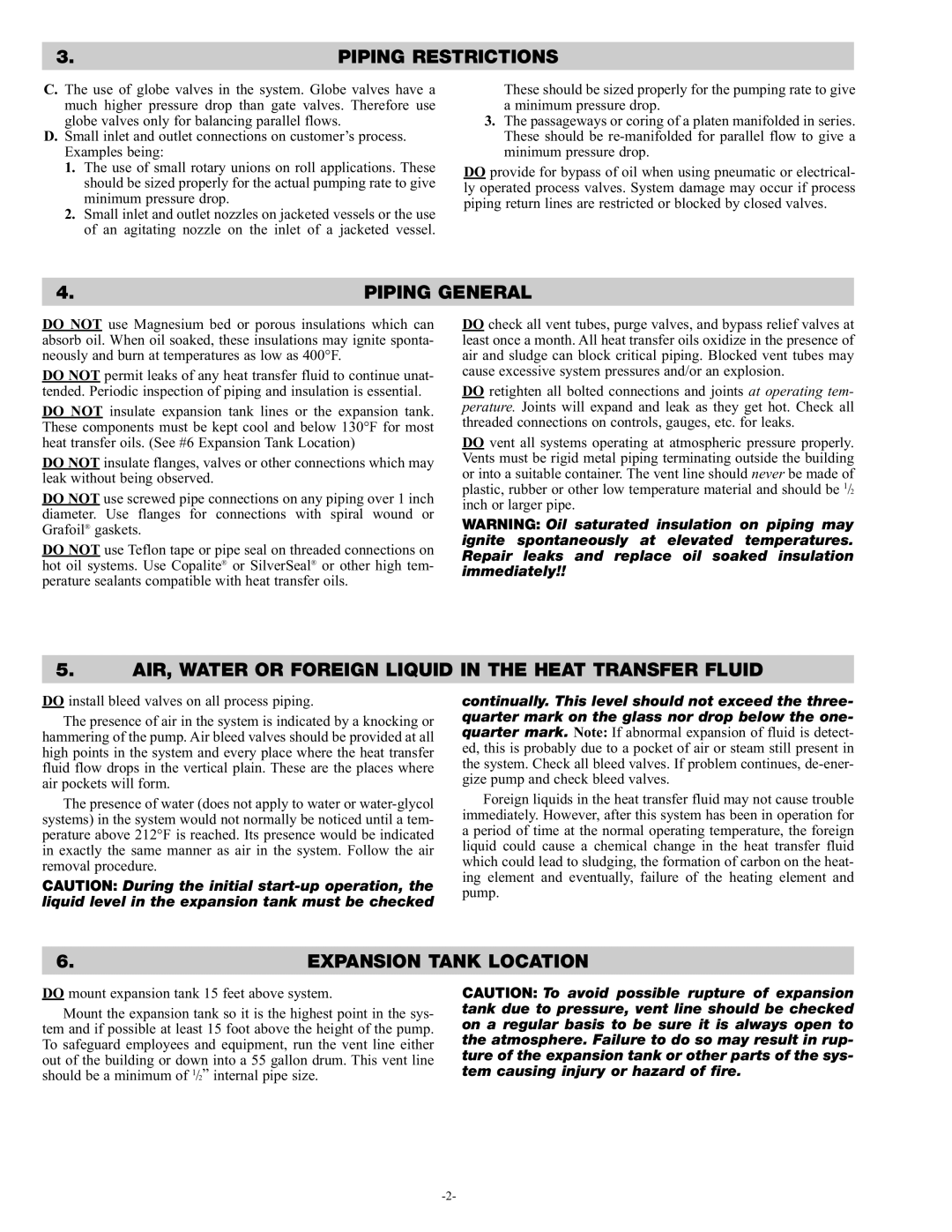PQ410-4 specifications
The Chromalox PQ410-4 is a state-of-the-art industrial heating solution designed to efficiently meet diverse thermal control requirements. This advanced unit integrates modern technologies and innovative features, making it an essential asset for various industries, including manufacturing, food processing, and chemical production.At the core of the PQ410-4 is its powerful heating element, which is engineered to provide rapid heating and maintain precise temperature control. This capability ensures that processes can be optimized for maximum efficiency, reducing energy consumption while enhancing overall productivity. The unit employs a robust construction that allows it to withstand harsh environments, making it highly suitable for both indoor and outdoor applications.
One of the standout characteristics of the PQ410-4 is its advanced digital control system. This technology enables users to monitor and adjust temperature settings easily, providing real-time feedback and diagnostics. The intuitive interface simplifies operation and ensures that operators can respond promptly to any fluctuations in temperature or system performance, further safeguarding product quality and consistency.
The Chromalox PQ410-4 is also equipped with advanced safety features, including over-temperature protection and fault detection. These safety mechanisms are designed to prevent overheating and potential damage to the equipment and surrounding environments, thus providing peace of mind to operators and managers alike. The unit adheres to rigorous industry standards, ensuring reliability and compliance in a variety of applications.
In terms of versatility, the PQ410-4 is compatible with a range of process applications, from thawing and heating to temperature maintenance and more. Its modular design allows for easy integration into existing systems, making upgrades seamless and cost-effective. Furthermore, the unit's energy-efficient design translates into lower operational costs, enhancing the return on investment for businesses.
In conclusion, the Chromalox PQ410-4 stands out as a robust heating solution packed with innovative features and technologies. Its combination of efficient heating, precise digital control, safety mechanisms, and compatibility with diverse applications makes it a valuable asset for industrial settings. The PQ410-4 not only delivers reliable performance but also supports optimal productivity and energy savings, solidifying its position in the market as a leading industrial heating solution.
